22 October 2025 | Written by Mercantile Trust
Broker Guide: Lending on Non-Traditional Property Constructions

As a broker, you’ll know that not every property fits the standard brick-and-mortar model. Across the UK, thousands of homes and investment properties were built using non-traditional construction methods, many of which were introduced after World War II to meet housing demand quickly and economically.
While these properties often offer good value and strong rental potential, they can face limited lender appetite — especially when flagged as “non-traditional” on a valuation report. At Mercantile Trust, we look beyond the label and take a pragmatic, common-sense approach.
What Is Non-Traditional Construction?
Non-traditional construction refers to any property not built using conventional brick or stone walls with a tile or slate roof.
These properties use alternative materials or structural methods that differ from “standard construction.”
Common examples include:
Concrete Constructions
- Precast reinforced concrete (PRC) – Post-war housing such as Airey, Cornish, and Wimpey No-Fines types.
- In-situ concrete – Cast on-site, often used for larger blocks or developments.
- Concrete panel systems – Prefabricated sections assembled on-site.
Steel-Frame Constructions
- Homes built with a steel structural frame supporting walls and roof.
- Seen in mid-century housing and modern modular designs.
- Durable when maintained properly, though some lenders restrict due to corrosion concerns.
Timber-Frame Constructions
- Older timber-frame homes can be historic and highly valued.
- Modern timber-frame properties are popular in new-build developments for their efficiency and environmental performance.
- Despite their quality, they’re often still classed as “non-traditional.”
Other examples can include:
- Aluminium or metal-frame builds
- Modular or system-built homes
- Prefabricated post-war houses
- Structural Insulated Panels (SIPs) or Insulated Concrete Formwork (ICF)
Why Some Lenders Hesitate
Many lenders remain cautious with non-traditional properties due to:
- Concerns about durability and resale
- Historical maintenance or insurance issues
- Valuation complexity or limited comparable data
However, these challenges depend heavily on the specific property, construction type, and condition — not just the classification.
Mercantile Trust’s Approach
At Mercantile Trust, we’re happy to consider all construction types, including every variation of:
- Concrete
- Steel-frame
- Timber-frame
If the property is flagged as non-traditional on a valuation report, that’s fine.
As long as it’s suitable for the area, structurally sound, and acceptable to the valuer, we’ll usually take a look.
We use manual underwriting, assessing each case individually rather than relying on automated systems. Our goal is to understand the story behind the property — not just the structure.
Key Features
- Up to 75% LTV
- 1st & 2nd charge Buy-to-Let and Bridging loans
- AVMs possible on non-standard construction
(excludes Purchases, MUFBs, and Holiday Lets) - Drive-by valuations available up to 65% LTV
What This Means for Brokers
- You can confidently refer clients with non-traditional builds.
- We’ll assess each case on its own merits, not reject it based on construction alone.
- You’ll get direct access to experienced underwriters who understand specialist property finance.
Whether it’s an ex-local authority PRC home, a steel-frame flat, or a modern timber-frame house, we’ll look at the whole picture to help your client secure the funding they need.
In Summary
- We accept all construction types
- We assess each case individually
- We offer flexible valuation options
- We support brokers with specialist cases
Do you need more information? Contact us today.
Keep Reading

First-time landlord? Learn how to secure an HMO mortgage, what lenders require, and how to start your HMO investment with confidence.

Fast, flexible second-charge bridging loan across four NI properties with no valuation or legal fees, helping a landlord consolidate and move forward.

Light refurbishment covers cosmetic or minor updates that don’t change the building’s structure Heavy refurbishment includes structural or major work

Fast £86k equitable bridge completed in 8 days for an experienced landlord — quick funds, no consent needed, all handled in-house.
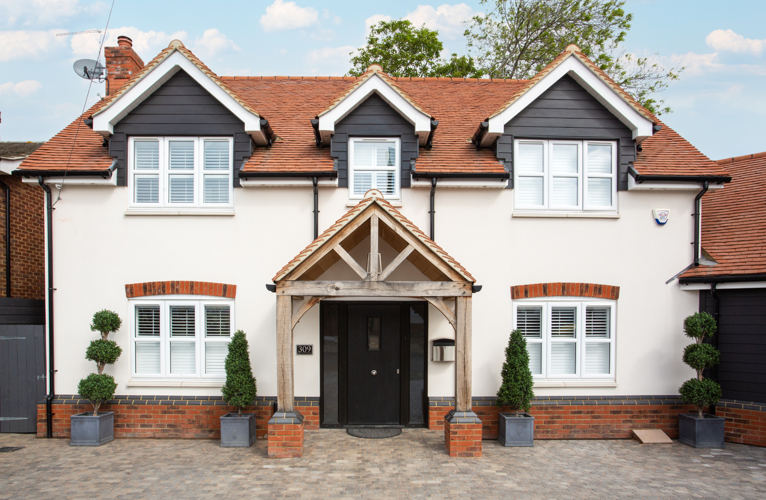
Learn what a first charge mortgage is, how it works, and why it’s often the most cost-effective option for property buyers and landlords.

Fast 7-day second charge bridge for auction purchase. £75k raised on existing BTL, no monthly payments, flexible refinance exit after works.
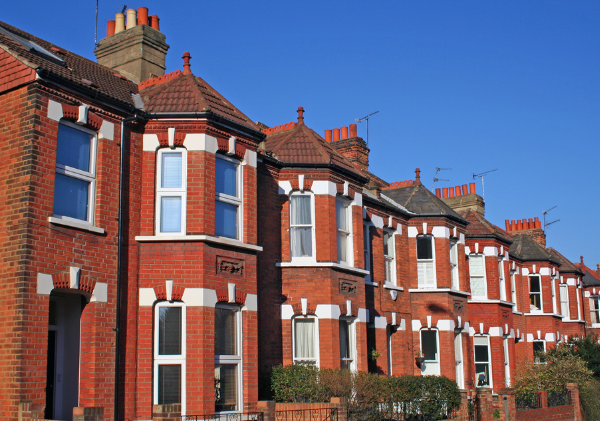
Understand the key differences between Consumer and Unregulated Buy to Let mortgages to place cases confidently with Mercantile Trust.

Mercantile Trust joins the Mortgage Industry Mental Health Charter, promoting mental well-being and a supportive, inclusive workplace culture.

A bridging loan can affect your credit score, but managed well, it may improve your profile. Timely payments are key to a positive impact.

Discover limited company Buy to Let mortgages with up to 75% LTV and no SIC code or rate loading at Mercantile Trust.

Mercantile Trust has been shortlisted for the 2025 National Mortgage Awards – Second Charge in the category of Best Small/Medium Lender.

Start your property investment journey with a First-Time Buyer Buy to Let mortgage from Mercantile Trust — flexible lending, even for new landlords.
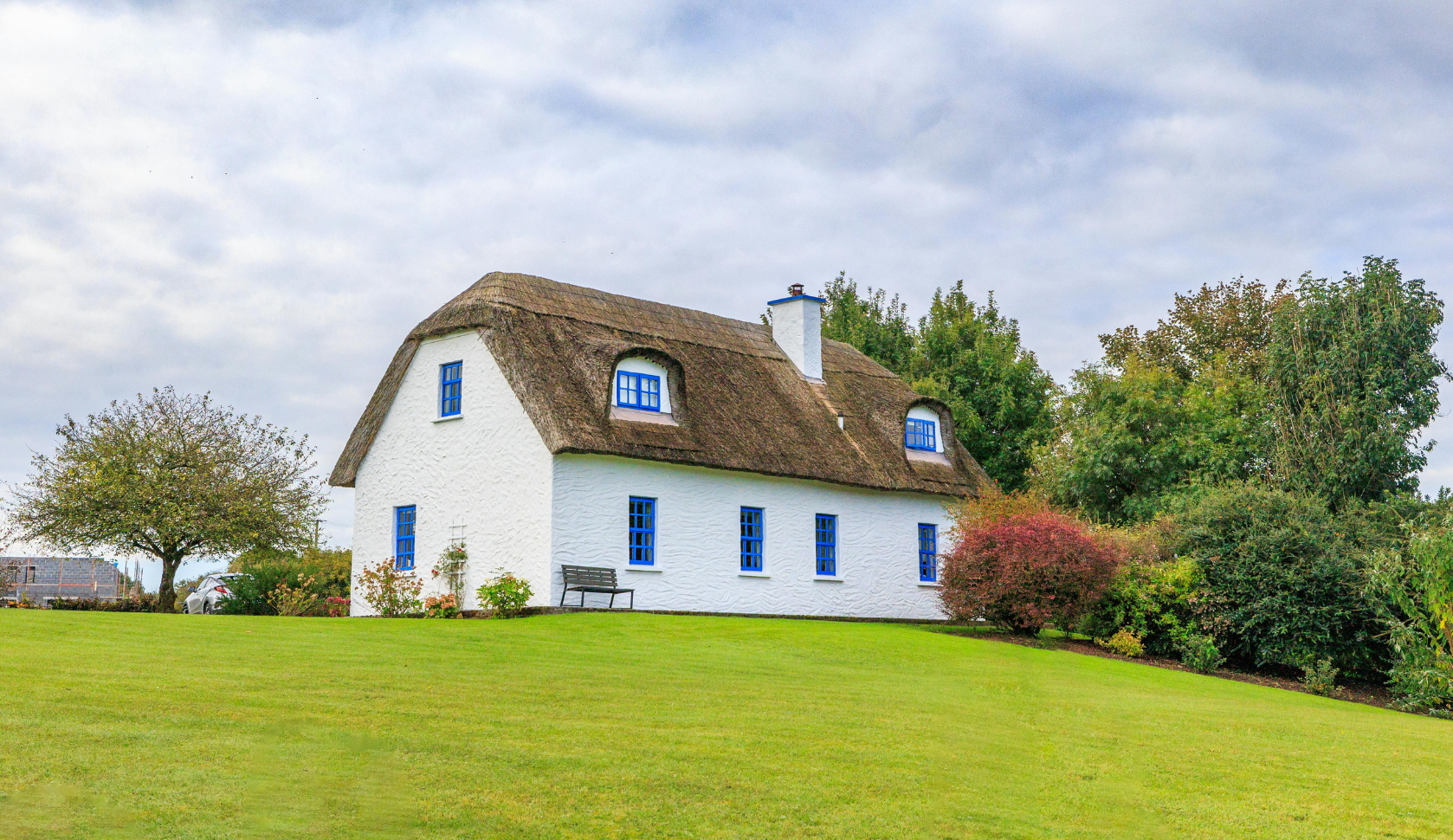
Holiday Let Mortgages in Northern Ireland: A guide to investing, financing, and maximising returns on short-term rental properties.

Guide to securing buy to let mortgages in Northern Ireland, with tips, eligibility criteria, and flexible options from Mercantile Trust.

Get a buy to let mortgage with no minimum income requirement. Ideal for landlords with irregular income or poor credit. Flexible UK lending solutions.
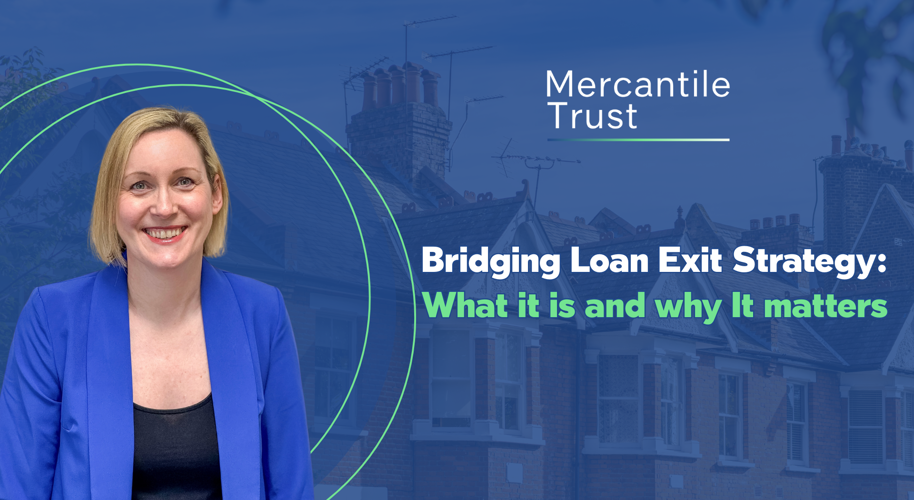
Learn what a bridging loan exit strategy is, why it's essential, and which options lenders like Mercantile Trust typically accept for repayment.

Get a buy to let mortgage with bad credit. Learn how UK landlords secure finance through specialist lenders like Mercantile Trust.

Need fast property finance? Limited companies can access bridging loans quickly—ideal for auctions, refurbishments, or time-sensitive deals.

When applying for a buy-to-let or bridging loan in the UK, the number of applicants allowed can impact how you structure your deal.

This guide outlines the key concepts, eligibility criteria, lending process, and considerations associated with first charge BTL lending.

Thinking about investing in property? Buy to Let remains one of the most reliable and rewarding strategies for landlords looking to grow their wealth.

Ready to unlock the power of your home equity? Read our guide to learn how!

Thinking about investing in an HMO property? This guide covers everything you need to know about HMO mortgages!
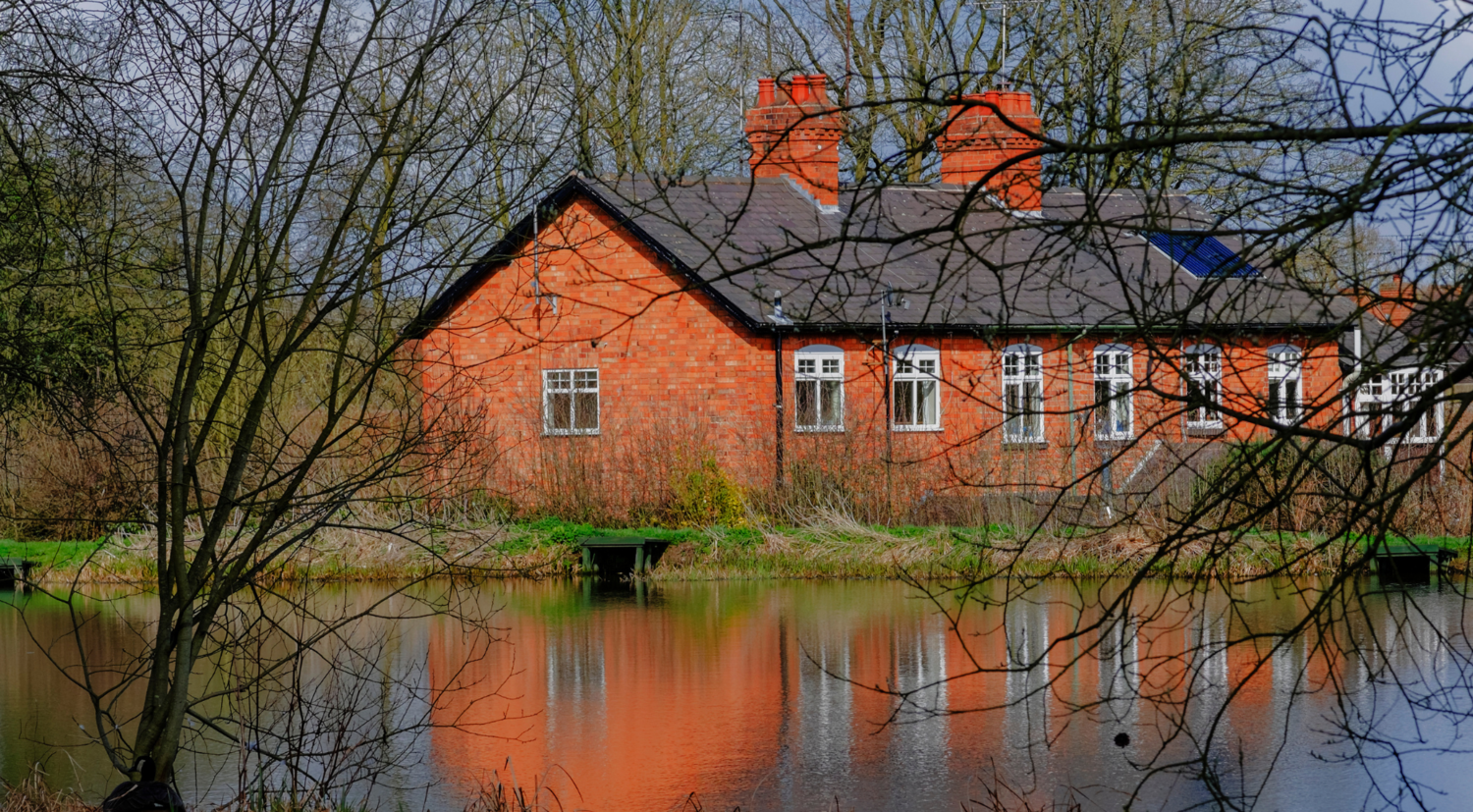
First-time investor or seasoned landlord? Learn how buy-to-let mortgages work to make smart decisions and boost your rental income.

This guide explores how second charge loans work, their benefits, risks, and who they’re best suited for.

This guide explains what holiday let mortgages are, how they work, and how you can make the most of them to maximise your investment potential.
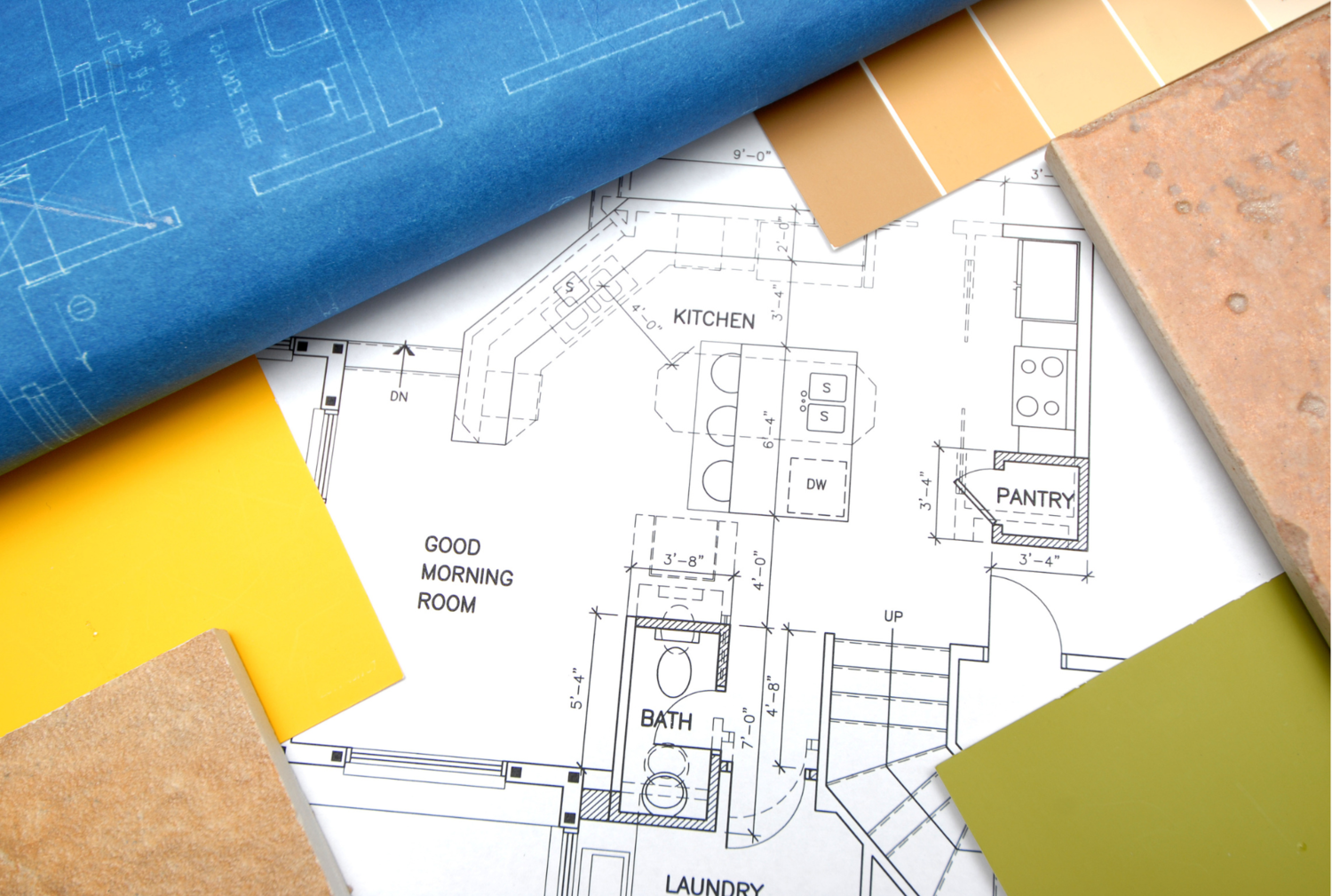
Bridging loans are a short-term financing option, designed to "bridge" the gap between a financial need whilst long-term finance is being arranged.

As a contractor, you may need a short-term finance solution to quickly access funds. Bridging loans can be a great way to achieve this
Join our newsletter
For monthly updates, expert insights, and the latest trends in lending.
